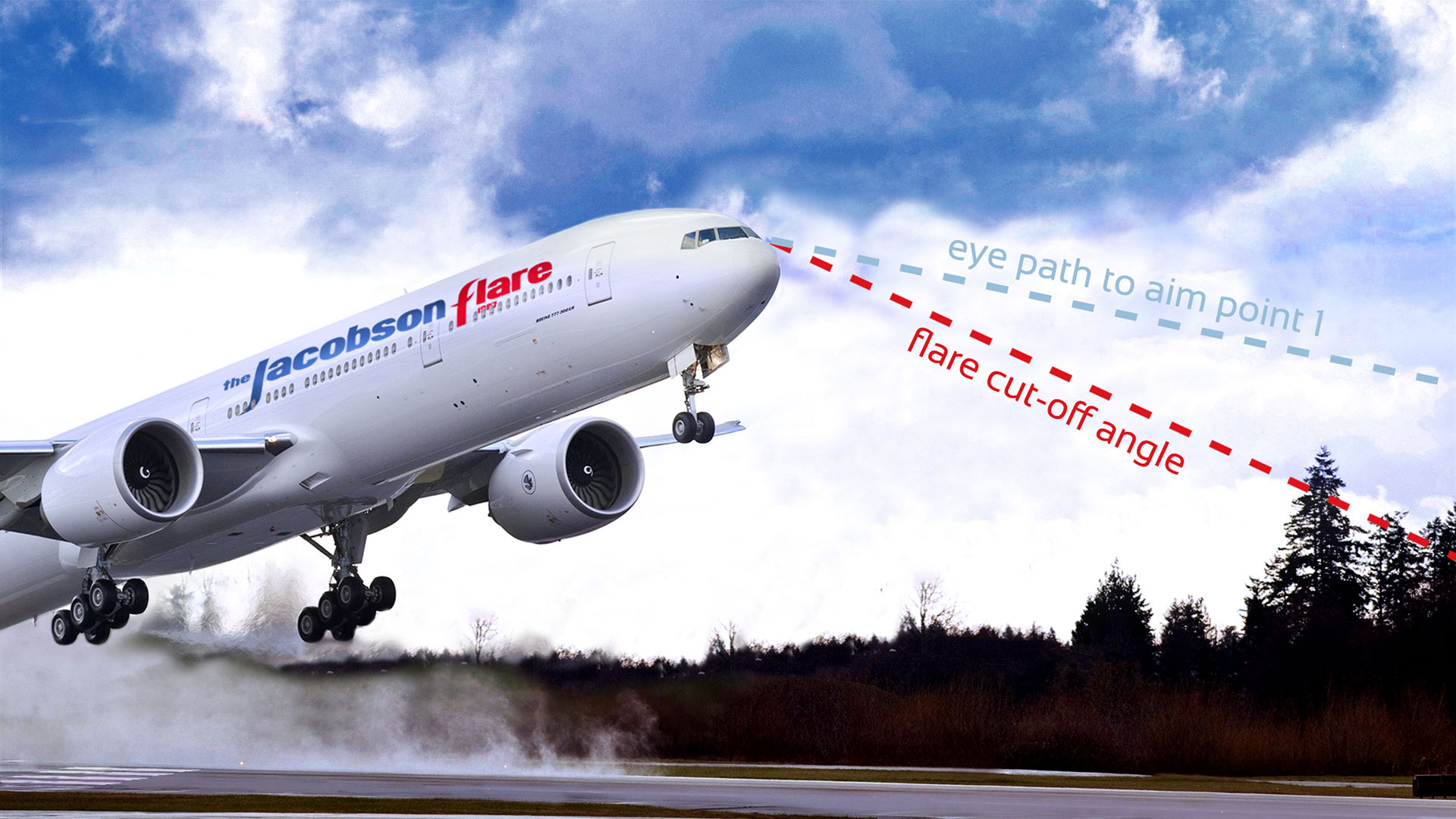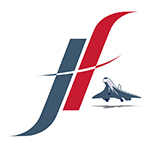How to land a plane … with the world’s best practice.
How to land a plane … with the world’s best practice
A senior flight instructor once suggested that there are 3 or 4 steps required for a successful landing … BUT: no-one knows what they are!
If that was ever true, it is certainly not anymore. For a start, there are 5 – and since 1987, we DO know what they are.
In order to learn how to land a plane consistently well, a pilot must be able to understand and answer the following 5 questions – and flight instructors should be able to explain them – simply, clearly and factually; and be able to demonstrate them to their students, at any level of experience:
- Where to aim?
- How to aim?
- When to flare?
- How much to flare? And
- How fast to flare?
The main problems:
- In my experience (over 50 years), most pilots usually aim at an area, like the piano keys or the runway numbers (they are 80-100ft/25-30m long) – rather than to a nominated aim point, suitable for the aircraft size and runway length available.
- Many flight training establishments still teach their students to attempt to control the most precise manoeuvre most will ever have to master with the secondary effects of controls, instead of the primary effects; the result is, invariably an unpredictable roller coaster flight path … the final approach is not stabilised and the aircraft will never cross the threshold at a consistent height.
- The decision on when to commence the flare is based historically on an ‘educated guess’ of vertical ‘flare height‘ above the ground. This assessment is inconsistent, subject to many variable and distorting factors and any errors in this assessment of height compound 20 times, along the runway, making touchdown and turn-off points unpredictable. Modern transport aircraft have useful radio altitude call-outs, but these still suffer the same 20 x times-compounding mathematical errors.
- The assessment of how much to flare is nothing more than a subjective guess, while attempting to fly straight and level with power/thrust retarded to idle , just above the runway, for as long as possible, rather than continuing to converge with the runway surface … but less and less, each part/second.
- Finally, the ‘flare rate‘ is another series of subjective guesses, based on ‘feel, look, judgment, perception’ and experience, NONE of which can be taught. They come only with practice, repetition and time. Mostly, they do come – after all, this is what we’ve all done for over 100 years … but at what cost? And with no consistency.
- With a looming shortage of pilots, world-wide and especially in Australia, are airlines and flight training organisations really going to continue to adhere, blindly, to the myths, legends and mumbo jumbo that has been passed on as landing training, for more than 100 years – when EVERYTHING ELSE in aviation has developed – just a little?
The solution:
The answers to all of these key questions may not seem readily apparent – after all, have you ever seen them in a manual or textbook? But they are available and well proven, by thousands of pilots in at least 60 countries.

The Jacobson Flare landing flare technique – based on simple triangulation
The solution lies in the use of triangulation, as used, most effectively, by the RAF 617 Squadron ‘Dambusters’, in 1943. As well as considering ‘flare height‘, the Jacobson Flare offers a precise, complementary visual fix, along the runway centreline, short of the aim point, that makes the flare point visible to the pilot, instead of relying on a guess.
Offering the elegant simplicity of the safety pin, it eliminates the ‘mumbo jumbo’ from explaining how to land a plane.
ALL of those 5 questions are answered, factually, with full explanatory solutions and the result is the world’s first universal, quantifiable, consistent, safest and simplest approach and landing training technique.
For 30 years, the most common feedback from experienced pilots is that ‘it finally explains what we’ve probably all been trying to do, subconsciously, all these years.’
Wishing you many safe landings
Captain David M Jacobson FRAeS MAP
Would you care to experience that unsurpassed sense of accomplishment, derived from executing consistently beautiful landings, more often?
For starters, Download the FREE Jacobson Flare LITE, our no fuss/no frills introduction. Here we demonstrate, step by step, the application of the Jacobson Flare on a typical grass airstrip at Porepunkah, YPOK.
We invite you to browse the consistently positive comments on our Testimonials page. Many pilots, of all levels of experience, have downloaded our Apps. Read about their own experiences with the Jacobson Flare technique and the App.
Then download the COMPLETE Jacobson Flare app – for iOS. You’re already possibly paying $300+/hour to hire an aeroplane: You’ll recover the cost of the app, in just ONE LESS-NEEDED CIRCUIT. Moreover, you’ll have an invaluable reference tool, throughout your entire life in aviation.
Download the COMPLETE Jacobson Flare App for iOS devices now.
We invite you, also, to review our new, FREE companion app,
offering a convenient way of staying abreast of our latest blogs.
Download the Jacobson Flare NEWS App for iOS devices now.


